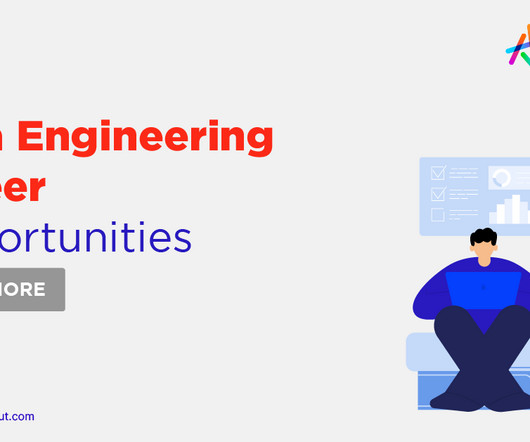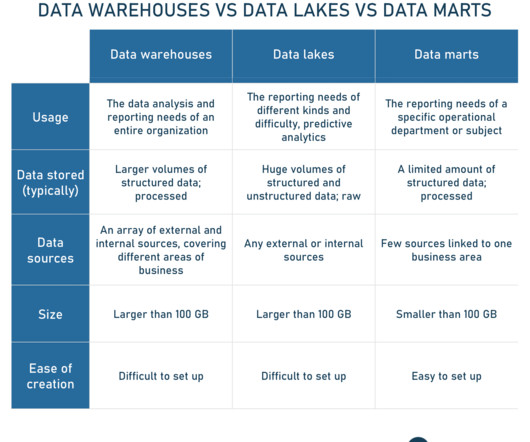Data Engineering- The Plumbing of Data Science
ProjectPro
JUNE 6, 2025
Decide the process of Data Extraction and transformation, either ELT or ETL (Our Next Blog) Transforming and cleaning data to improve data reliability and usage ability for other teams from Data Science or Data Analysis. Dealing With different data types like structured, semi-structured, and unstructured data.















Let's personalize your content